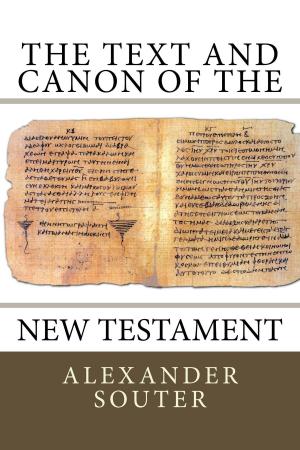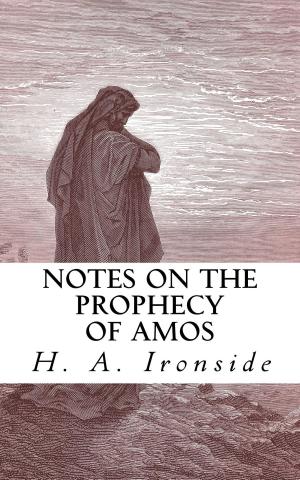Home Geography for the Primary Grades
Illustrated with Study Questions
Kids, Natural World, Earth Sciences, Geography, Ecosystems, Environment| Author: | C. C. Long | ISBN: | 1230001341508 |
| Publisher: | CrossReach Publications | Publication: | September 10, 2016 |
| Imprint: | Language: | English |
| Author: | C. C. Long |
| ISBN: | 1230001341508 |
| Publisher: | CrossReach Publications |
| Publication: | September 10, 2016 |
| Imprint: | |
| Language: | English |
A popular homeschooling resource for many generations now.
Geography may be divided into the geography of the home and the geography of the world at large. A knowledge of the home must be obtained by direct observation; of the rest of the world, through the imagination assisted by information. Ideas acquired by direct observation form a basis for imagining those things which are distant and unknown.
The first work, then, in geographical instruction, is to study that small part of the earth's surface lying just at our doors. All around are illustrations of lake and river, upland and lowland, slope and valley. These forms must be actually observed by the pupil, mental pictures obtained, in order that he may be enabled to build up in his mind other mental pictures of similar unseen forms. The hill that he climbs each day may, by an appeal to his imagination, represent to him the lofty Andes or the Alps. From the meadow, or the bit of level land near the door, may be developed a notion of plain and prairie. The little stream that flows past the schoolhouse door, or even one formed by the sudden shower, may speak to him of the Mississippi, the Amazon, or the Rhine. Similarly, the idea of sea or ocean may be deduced from that of pond or lake. Thus, after the pupil has acquired elementary ideas by actual perception, the imagination can use them in constructing, on a larger scale, mental pictures of similar objects outside the bounds of his own experience and observation.
A popular homeschooling resource for many generations now.
Geography may be divided into the geography of the home and the geography of the world at large. A knowledge of the home must be obtained by direct observation; of the rest of the world, through the imagination assisted by information. Ideas acquired by direct observation form a basis for imagining those things which are distant and unknown.
The first work, then, in geographical instruction, is to study that small part of the earth's surface lying just at our doors. All around are illustrations of lake and river, upland and lowland, slope and valley. These forms must be actually observed by the pupil, mental pictures obtained, in order that he may be enabled to build up in his mind other mental pictures of similar unseen forms. The hill that he climbs each day may, by an appeal to his imagination, represent to him the lofty Andes or the Alps. From the meadow, or the bit of level land near the door, may be developed a notion of plain and prairie. The little stream that flows past the schoolhouse door, or even one formed by the sudden shower, may speak to him of the Mississippi, the Amazon, or the Rhine. Similarly, the idea of sea or ocean may be deduced from that of pond or lake. Thus, after the pupil has acquired elementary ideas by actual perception, the imagination can use them in constructing, on a larger scale, mental pictures of similar objects outside the bounds of his own experience and observation.















